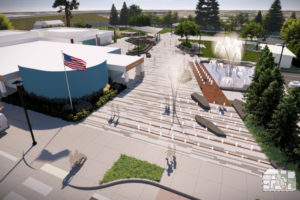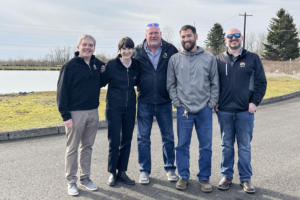Washougal officials are asking local residents to help them decide which Washougal watershed — either Gibbons Creek or the Washougal River — city leaders should select for an upcoming stormwater management plan.
The Washington State Department of Ecology has asked more than 80 cities and counties in western Washington, including Washougal, to identify steps to reduce the harmful effects of stormwater runoff in watersheds.
Washougal’s two main watersheds — the Washougal River and Gibbons Creek — both recently earned “good health” ratings from the Clark County Public Works Department’s latest stream health report, which assesses the water quality, biological health and stream flow of local waterways to identify pollutants, allocate resources for watershed improvements and measure the effectiveness of actions.
But city leaders note that, as Washougal has grown in population — and replaced its forests and prairies with urban and suburban buildings and infrastructure — the population of salmon and steelhead trout have declined over the past few decades in Gibbons Creek and the Washougal River.
Historically, forests and wetlands soaked up rain where it fell. But as more and more people moved to Washougal, lands were cleared and wetlands were filled. Now, rainwater sweeps chemicals and particles from vehicle tires, roofs, lawns, and outdoor storage areas into nearby streams, creating runoff that could potentially harm fish populations.




